- Joined
- Jun 7, 2014
- Messages
- 2,899
- Reaction score
- 4,725
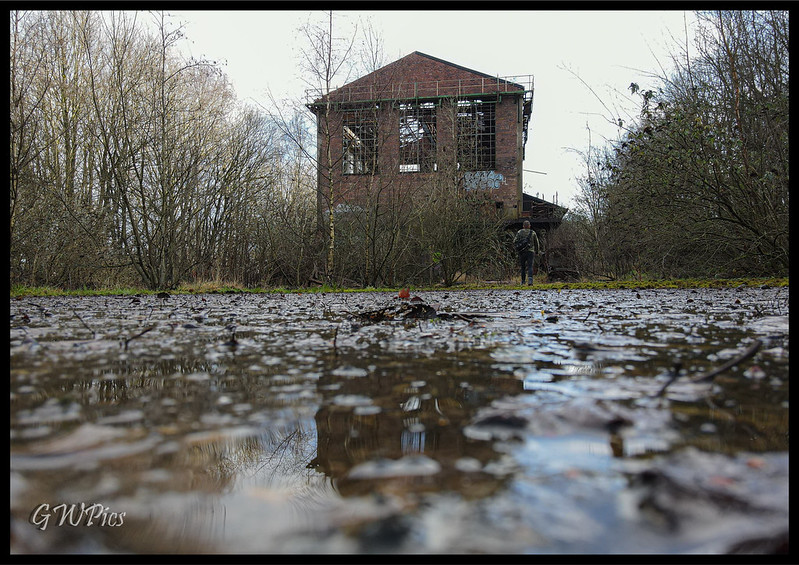
Been done many times this one but its awfully photogenic,
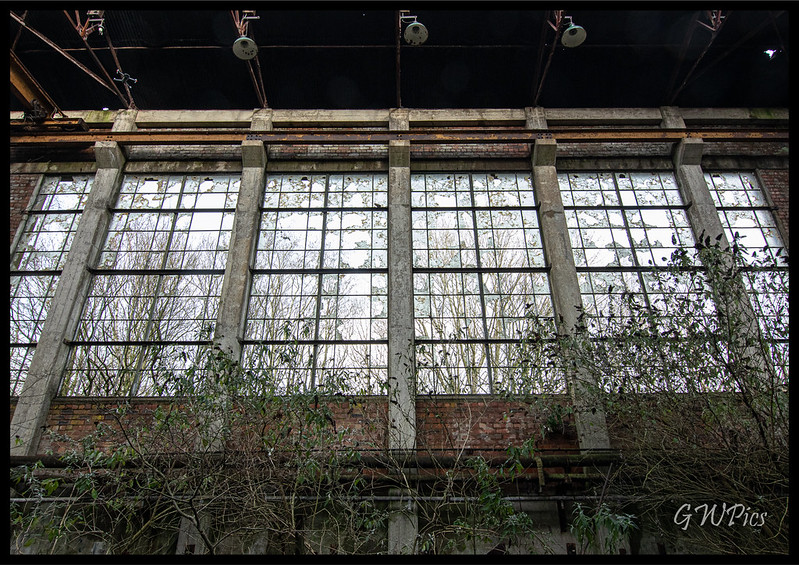
St. Helens Crown Glass Company was formed in 1826 by John William Bell with capital raised from three wealthy families who lived in the area.
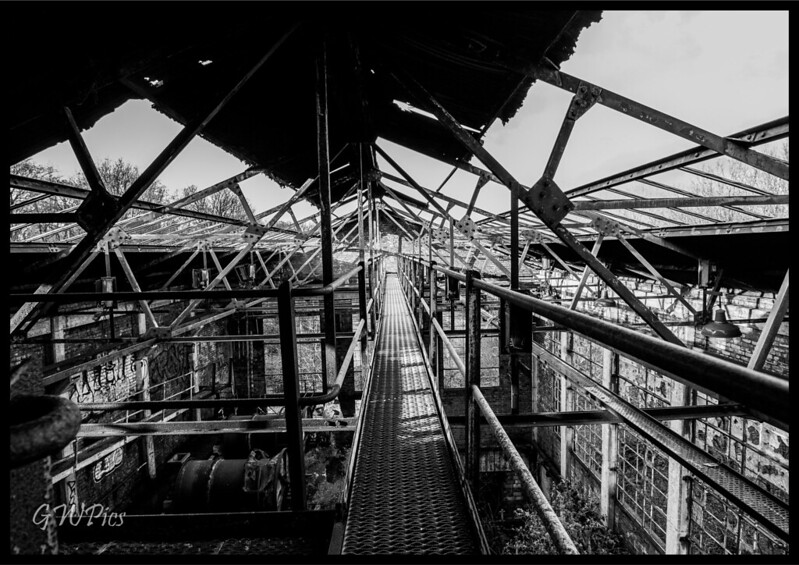
The Pilkington Brothers started this process of extracting sand deposits at Rainford in 1880, The site is still filled with old machinery including a sketchy railway bridge, watch/lighting towers and crushing machines from when the plant finally closed in the late 1960's.
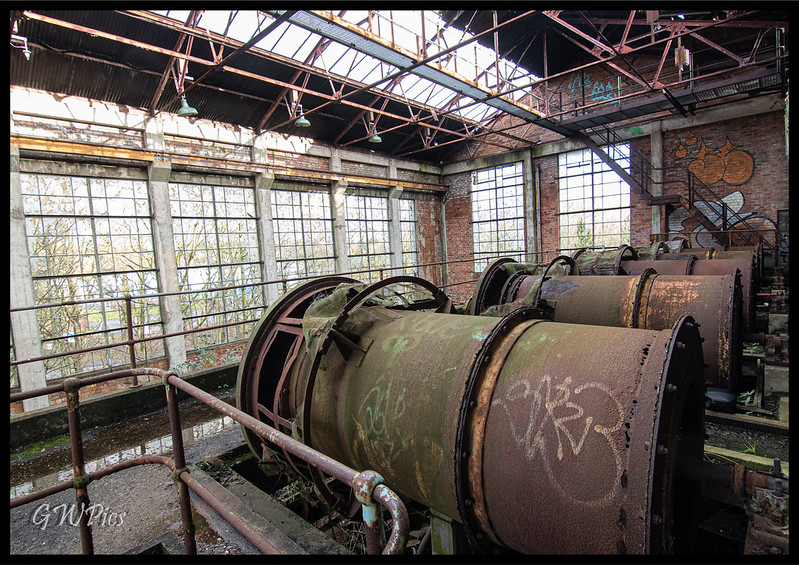
The plant was used for processing sand destined for the Pilkington glassmaking factories in St Helens. Its function was to produce material of consistent quality, which meant getting rid of oversized or undersized particles, blending different batches, and washing off surface-bound iron impurities which would otherwise make the glass too green. The sand itself came from various nearby sandpits on the Lancashire plain. The plant closed sometime during the 60s.
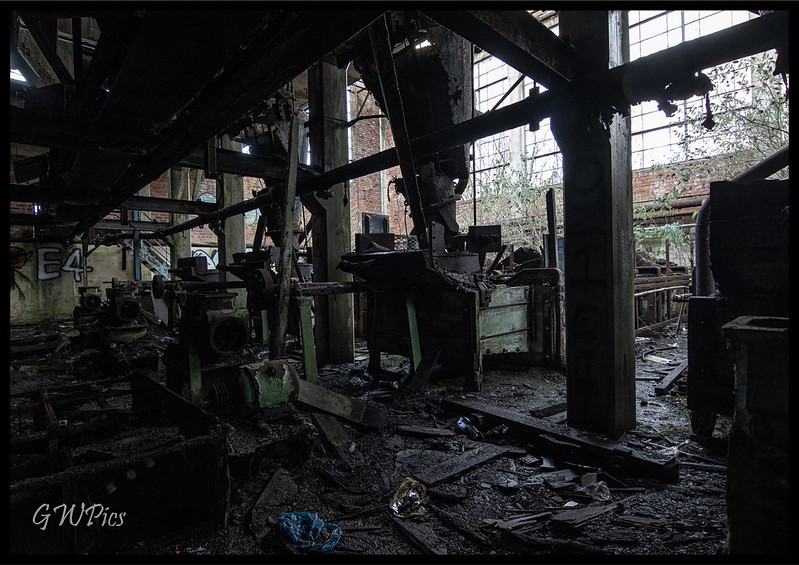
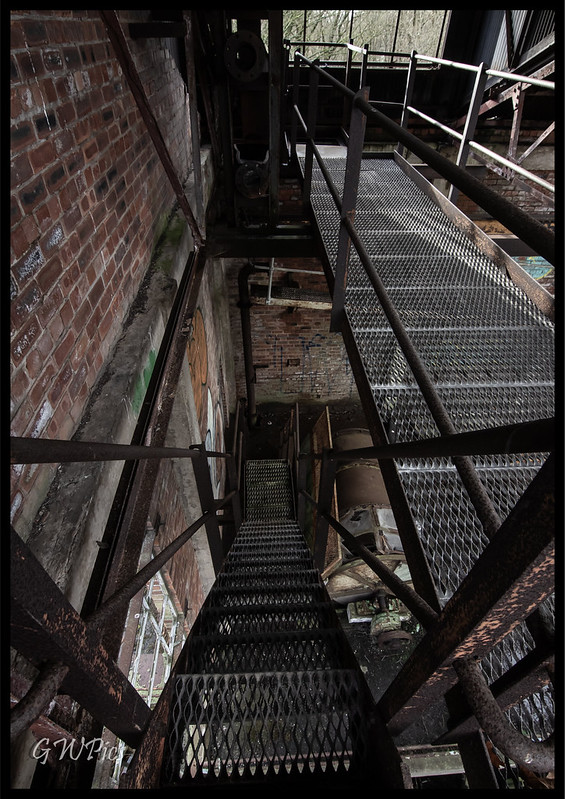
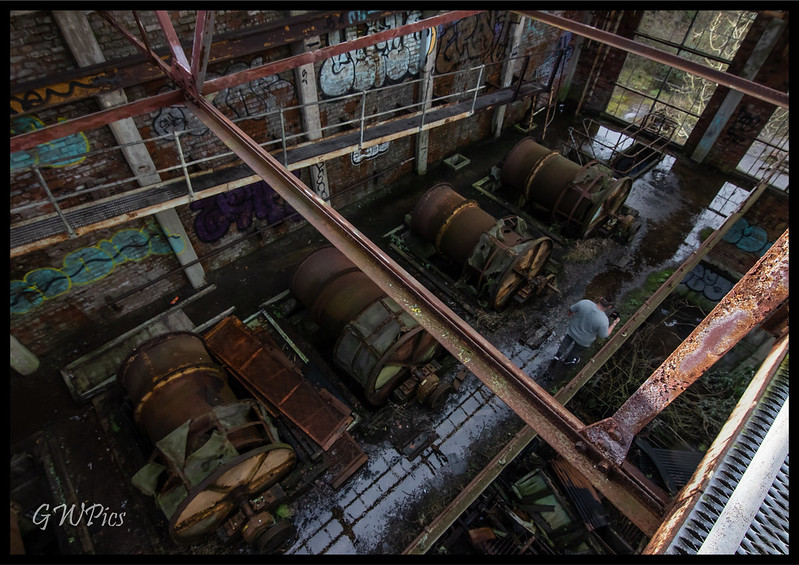
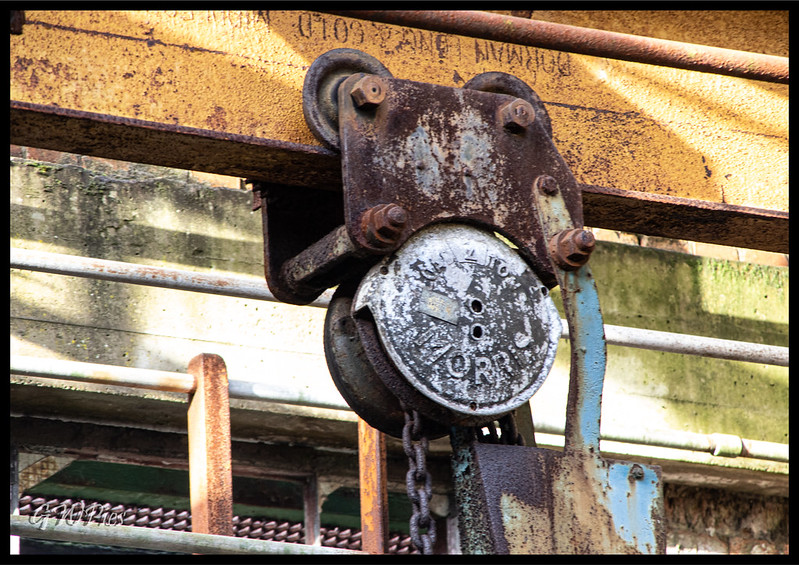
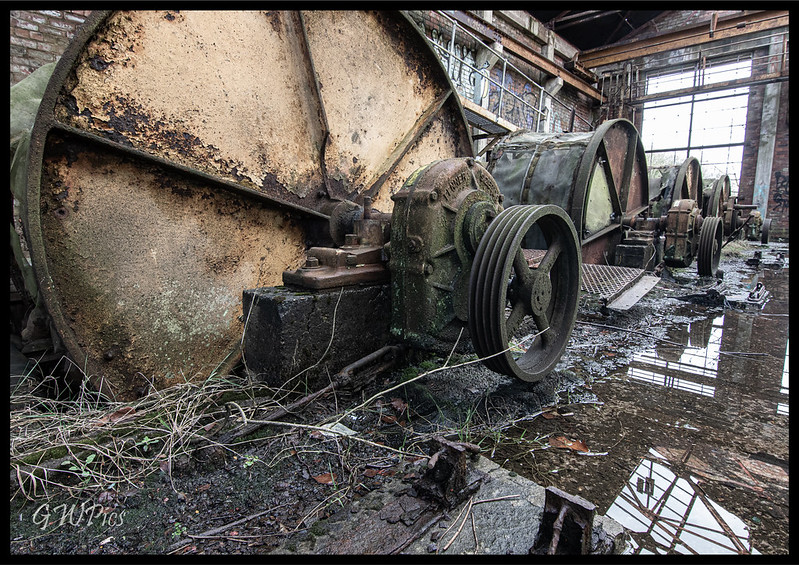
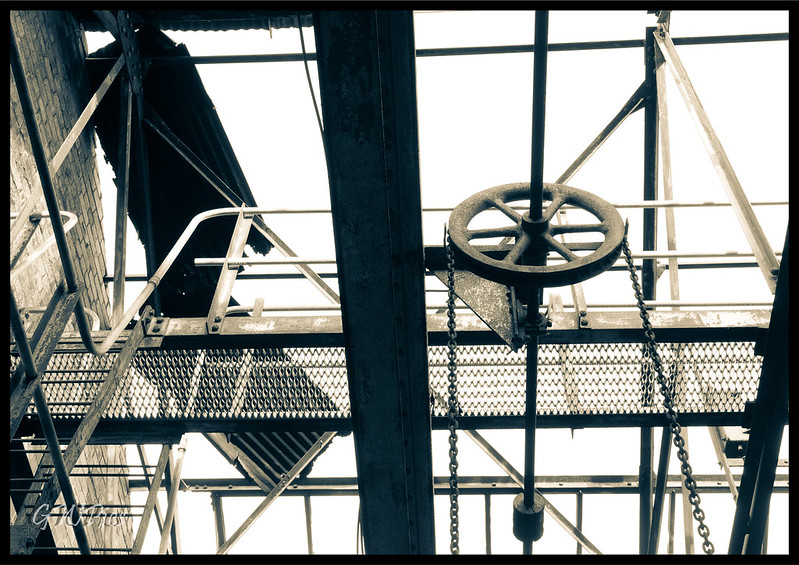
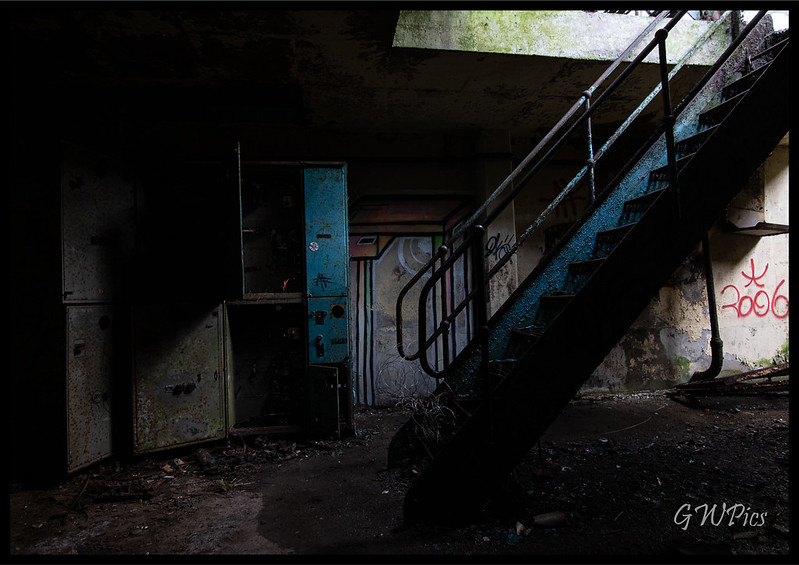
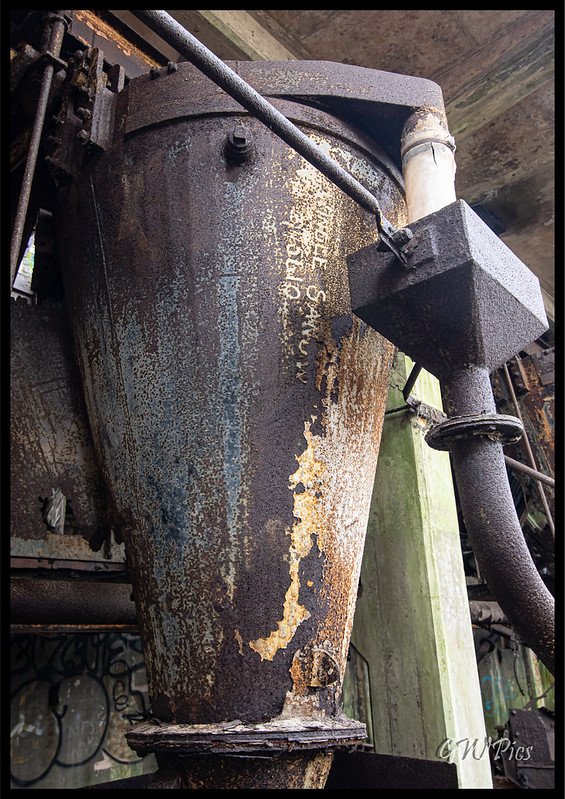
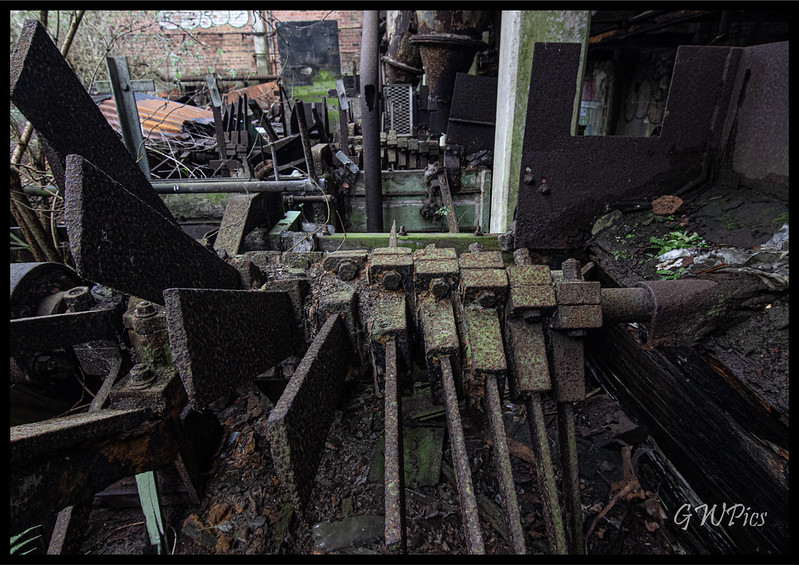
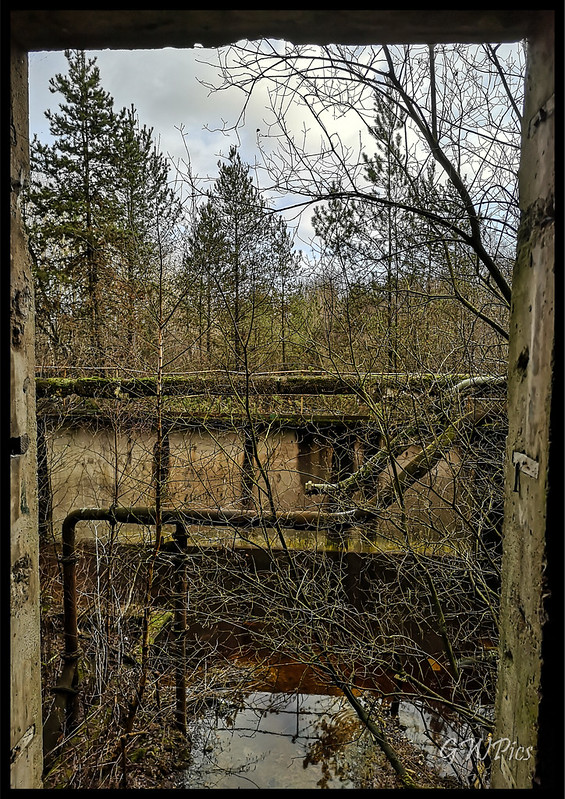
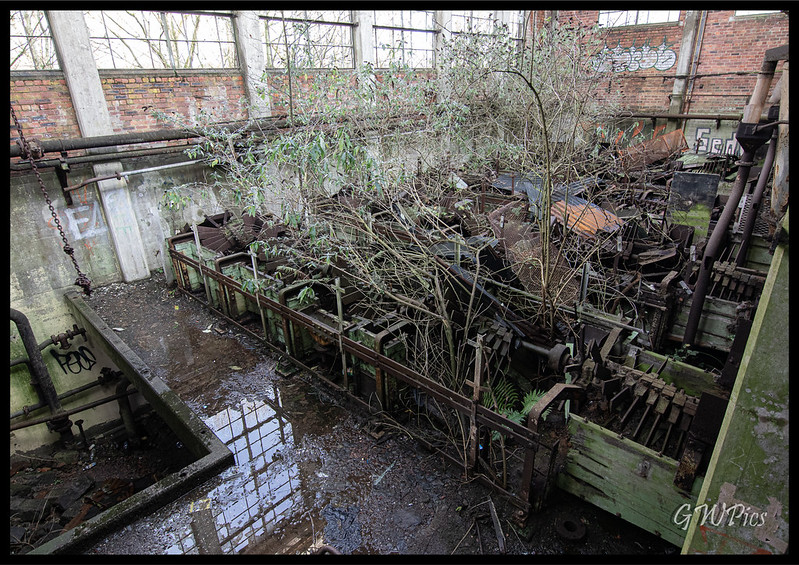
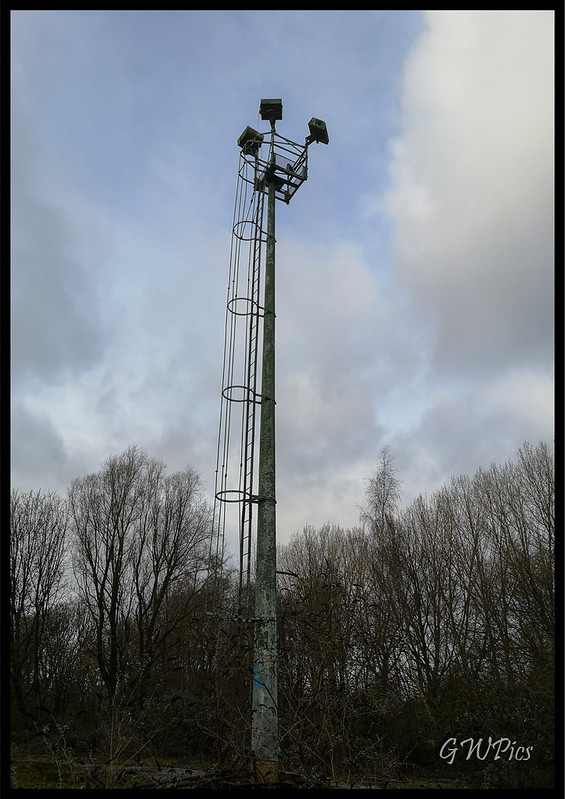
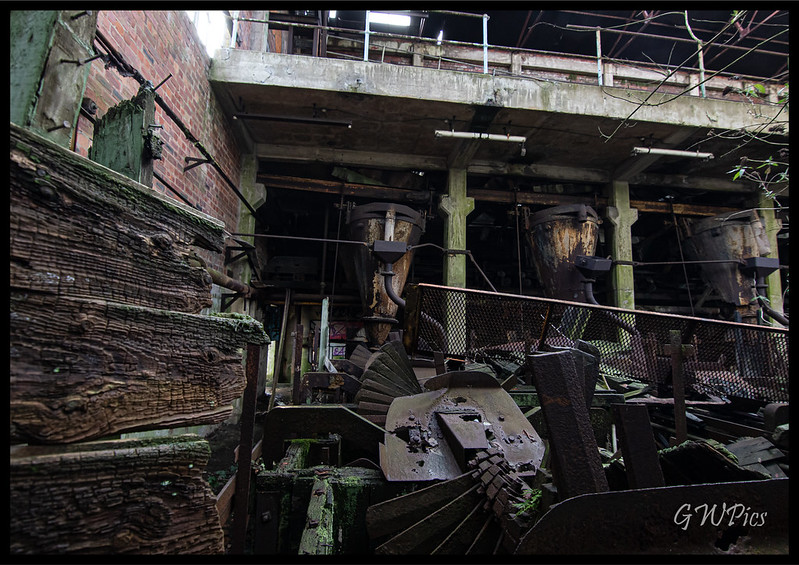
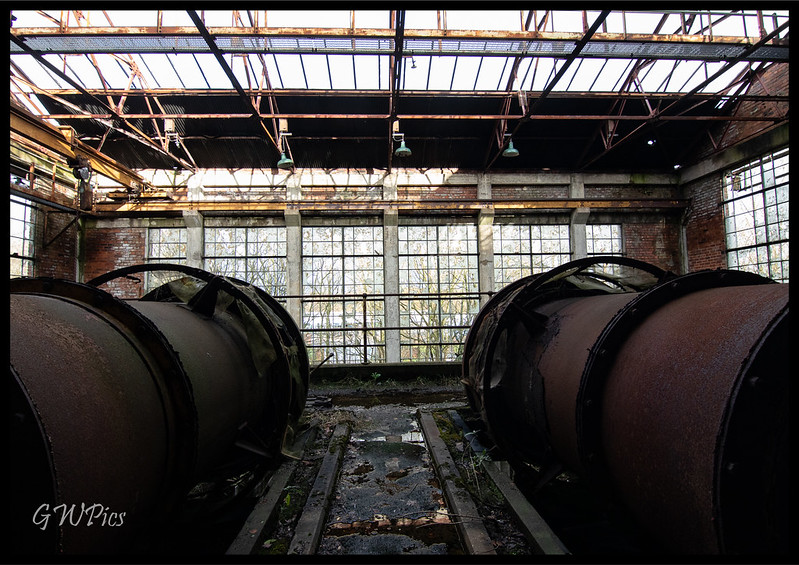
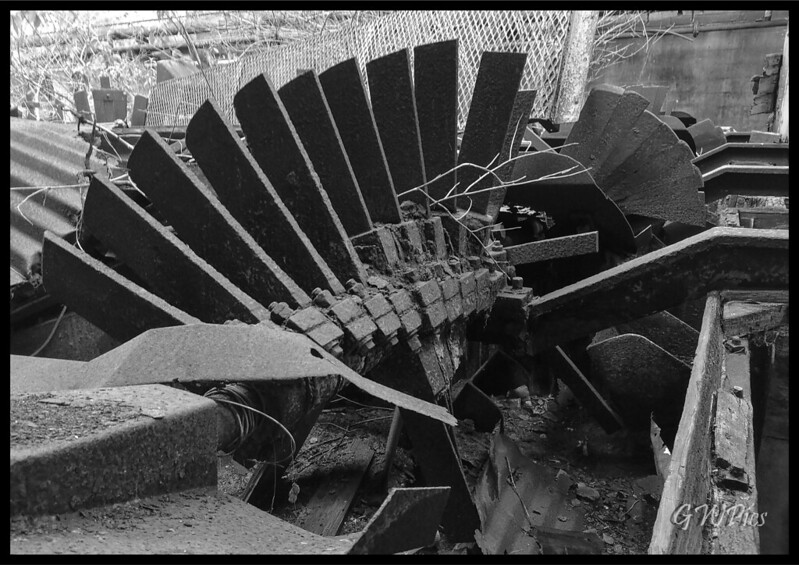
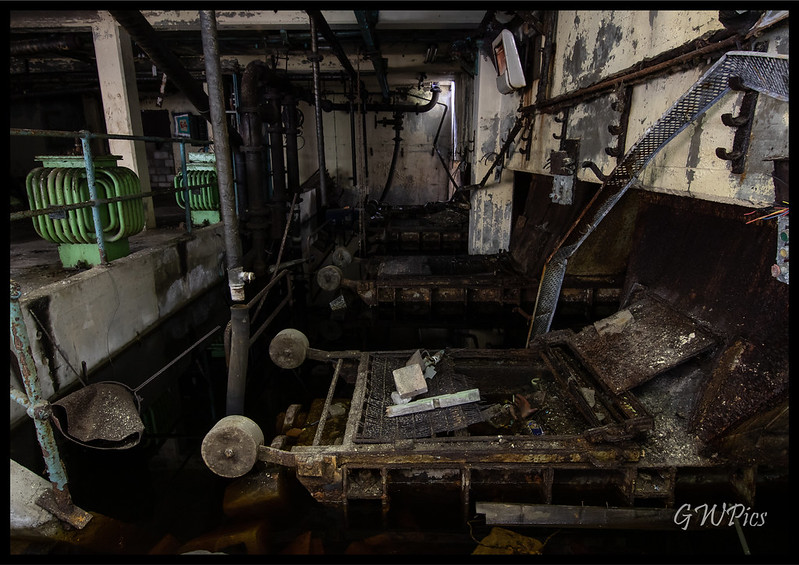
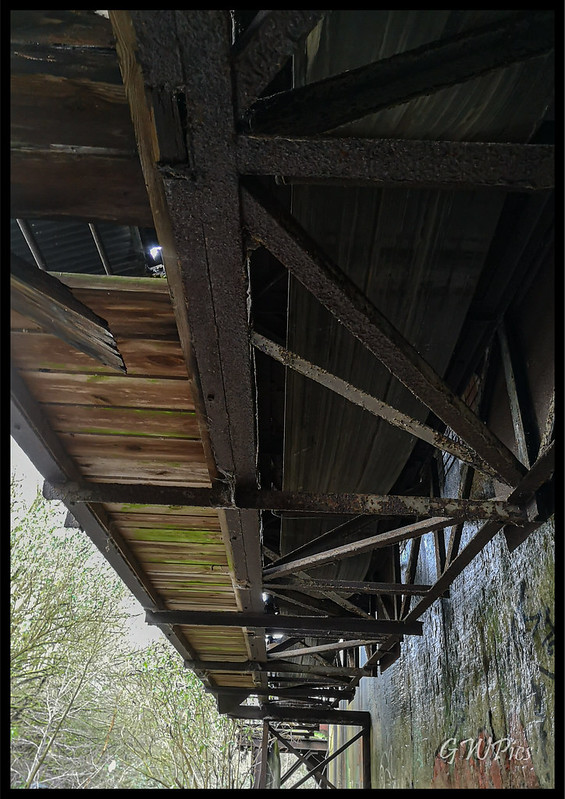
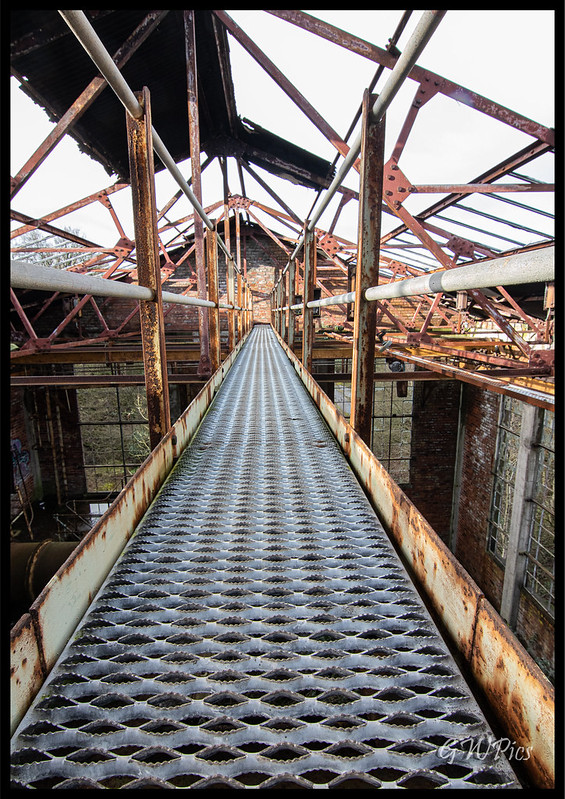
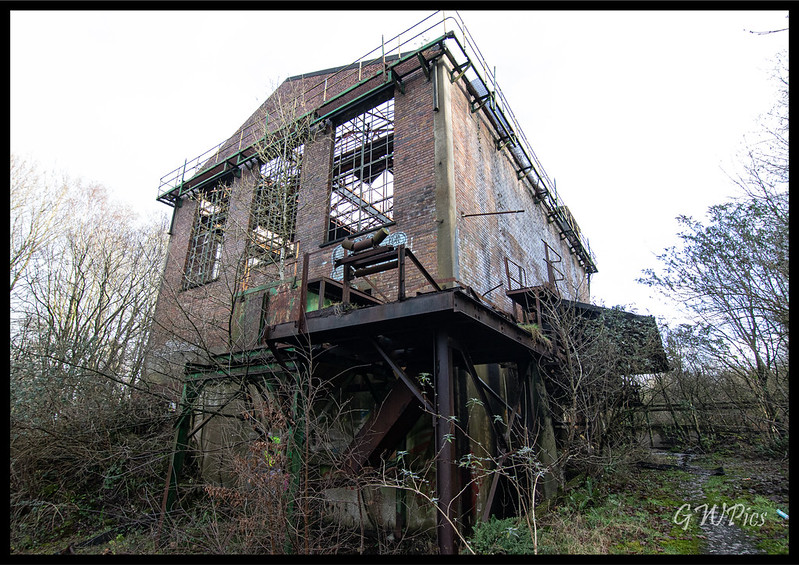
Thanks for looking




